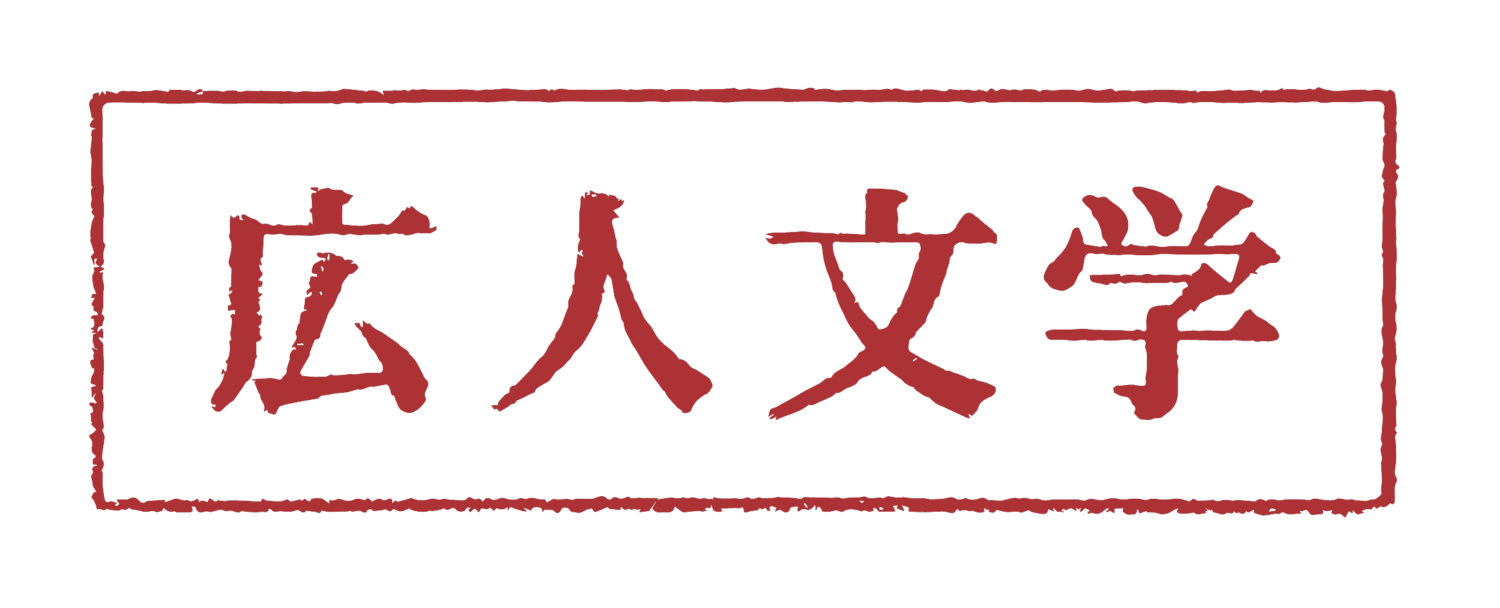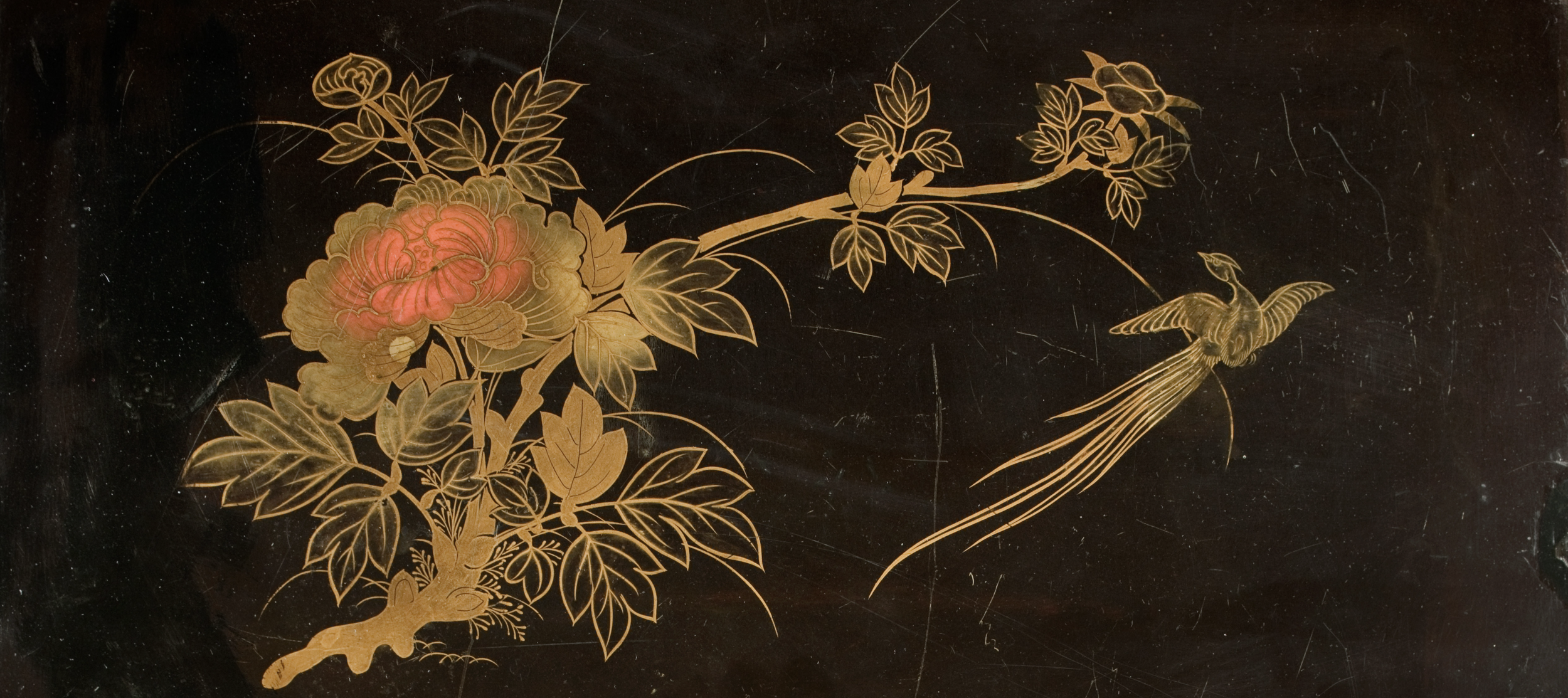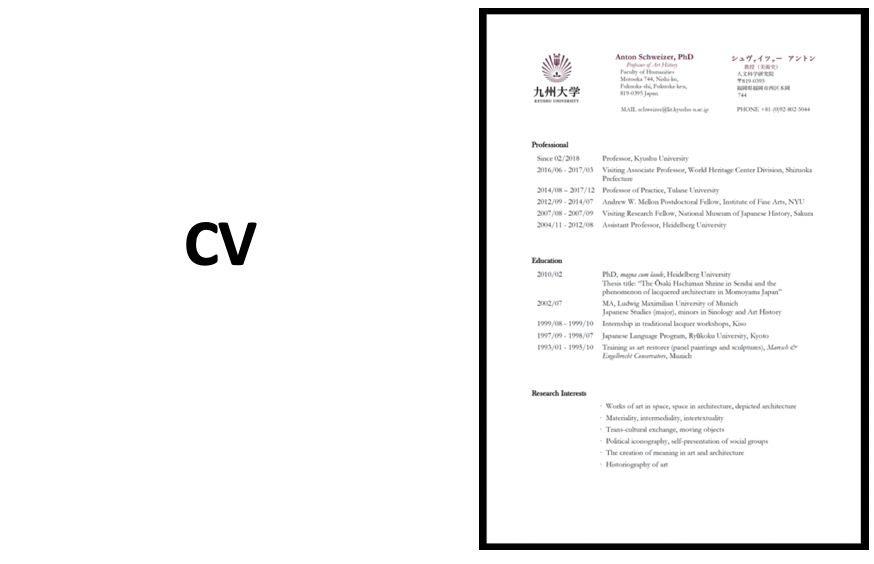Contact Information
Office: Itō Campus, East Zone Building 1, room B-508
Phone: +81-(0)92-802-5044
schweizer@lit.kyushu-u.ac.jp
I am an art and architectural historian specializing in Japan’s early modern period. I work on objects (mostly lacquer, metal, and textiles), architectural decoration and interiors, and the representation of the material world in various pictorial genres. My research interests also include the issues of critical theory, historiography of art, political iconography, diplomatic gifts, connoisseurship, technique and materiality, and the representation of social identity and marginalized groups.
I presently work on two projects. One is about exchanges of material and visual cultures between East Asia, Europe, and the Americas in the First Global Age (1550-1800). This includes collections of exotica (Kunst- und Wunderkammern, ikoku shumi); export wares; and the pictorial imagination of Others including “chinoiserie” in Europe and representations of tōjin, nanbanjin, and kōmō in Japan. My second project is about courtesan culture in early modern Japan (pleasure districts, ageya architecture, costumes, and the representation of courtesans in ukiyo-e and printed books).
I am a core team member of the Azuchi Screens Research Network ASRN, an international group of academics who research the material culture of diplomatic interactions between Japan, Europe, and Colonial Latin America during the early modern period. This includes, notably, the famous Tenshō (1582-1590) and Keichō (1612-1620) missions, which significantly contributed to the exchange of art, artifacts, knowledge, and individuals during the First Global Age. The network’s name is taken from a famous, and now lost, pair of folding screens by Kanō Eitoku.
Together with Gloria Yu Yang I’m a Principal Investigator in the two-year project “Shared Coasts, Divided Historiographies“ (2023-2025) which is funded by the Getty’s Connecting Art Histories program. This project will forge a network of early-career art historians from Japan, South Korea, and Taiwan. It is the first Getty grant awarded to an academic institution in Asia.
Before coming to Kyudai I taught at universities in Germany (Heidelberg) and the US (NYU, Tulane). I am a member of numerous professional associations, a founding member of the German-language young professionals’ association Forum Ostasiatische Kunstgeschichte, and act as reviewer for major publishers and journals in the field.
Recently offered courses include the survey “Japan: Arts and Visual Cultures”; the topics classes “Drama, Sex, and Poetry: Japanese Woodblock Prints”, “Making Sense: Iconography, Facture, and Materiality in the Arts of Japan”, “Architecture, Urbanism, and Power in Japan”, “Artistic Production in the Momoyama Period”; first year MA fieldwork weeks in Kyoto/Nara and Kumano; and the undergraduate courses “Introduction to International Humanities: Art History I and II.”
Prospective students on any level are strongly encouraged to contact me before applying. If you consider working with me on the PhD level contact me with a CV, a dissertation proposal, and information on your previous training in art history and Japanese.
Publications
Monographs and Edited Volume
Ōsaki Hachiman: Architecture, Materiality, and Samurai Power in Seventeenth-Century Japan. Berlin: Reimer, 2016.
The Ōsaki Hachiman Shrine (1607), located in Sendai, Japan, is one of only a handful of surviving buildings from the Momoyama period (1568-1615). The shrine is a rare example of "lacquered architecture"—an architectural typology characterized by a shiny, black coat made of refined tree sap and evocative of transitory splendor and cyclical renewal. The shrine's sponsor, the warlord Date Masamune, was one of the last independent feudal lords of his time and remains famous for dispatching diplomatic missions to Mexico, Spain, and Rome. Although his ambitions to become a ruler of Northern Japan were frustrated, his shrine stands as a lasting testament to the political struggles he faced, his global aspirations, and the cultural cloak by which he sought to advance these objectives.
Co-edited with Martin Hirsch and Dietrich O. A. Klose. Japanische Lackkunst für Bayerns Fürsten: Die Japanischen Lackmöbel der Staatlichen Münzsammlung München. Munich: Staatliche Münzsammlung, 2011.
The Staatliche Münzsammlung München (State Numismatic Collection Munich, Germany) owns a group of twenty-two Japanese export lacquer cabinets dating from the sixteenth to early eighteenth centuries. Manufactured predominantly in Kyoto according to European taste such items of luxury furniture are hybrid objects that fuse Japanese, Chinese, South Asian and European object shapes and decoration styles. Transported via Nagasaki to Europe by the Dutch East Indian Company such cabinets were eagerly sought after by the members of Europe’s ruling elites. The lavishly illustrated catalogue introduces to aspects of trade, style, iconography, usage, and conservation.
Zwischen Nostalgie und Exotismus: Die Gestaltungsmoden an japanischen Rüstungen des 16. und 17. Jahrhunderts. Neuried: Ars et Unitas, 2003.
This volume discusses Japanese armor of the sixteenth and seventeenth centuries as expression of social identity and political authority. A special focus lies on the style of “un-orthodox armor“ (kawari gusoku) that widely employs exoticizing features or quotes obsolete armor styles from the formative period of Japan’s samurai rule.
Essays and Articles (select)
“Nanban Lacquer: Global Styles and Materials in a Japanese Cabinet.” In Stephen John Campell and Stephanie Porras (ed.): The Routledge Companion to the Global Renaissance, pp. 67-83. New York e.a.: Routledge, 2024.
“Bridges into Metaphorical Space: Hideyoshi’s Imperial Landscape at Osaka.” In Stephen Whiteman (ed.): Landscape and Authority in the Early Modern World, pp. 139-172. Philadelphia: University of Pennsylvania Press, 2023.
“Puppets for the Margravine: Japanese Ephemera and their (Re)Construction in Eighteenth-Century Chinoiserie.” 21: Inquiries into Art, History, and the Visual 2:1 (Spring, 2021), pp. 3-46.
“The Elector’s Japan: Reading Export Lacquer in Baroque Germany.” In Patricia Frick and Annette Kieser (eds.): Production, Distribution and Appreciation: New Aspects of East Asian Lacquer Ware, pp. 126-151. (European Studies in Asian Art and Archaeology; 1) Leiden and Boston: Brill, 2018.
[Translation of] Fukuda, Miho 福田美穗: “‘Repair by Disassembly’ (kaitai shūri) in Japan” = Nihon ni okeru kaitai shūri 日本における解体修理. In K. Weiler & N. Gutschow (eds.): Authenticity in Architectural Heritage Conservation: Discourses, Opinions, Experiences in Europe, South and East Asia, pp. 247-260. Cham/Switzerland: Springer, 2016.
“Kōgeihin toshite no kenzōbutsu: Toyotomi-ki Ōsaka-jō no sōshoku ni kan suru kōsatsu” 工芸品としての建造物:豊臣期大阪城の装飾に関する考察 [Buildings as objects: thoughts on the architectural decoration of Osaka castle during the Toyotomi era]. Shūbi 聚美 11 (April, 2014), pp. 68-79.
“Das unbeständige Original: Zur denkmalpflegerischen Problematik lackierter japanischer Architektur” [The changeable original: on the problem of conserving Japanese lacquered architecture]. Ostasiatische Zeitschrift, Neue Serie, 20 (Autumn, 2010), pp. 28-37.
Co-authored with Avinoam Shalem: “Translating Visions: A Japanese Lacquer Plaque of the Haram of Mecca in the L. A. Mayer Memorial Museum, Jerusalem.” Ars Orientalis 39 (2010), pp. 148-173.






